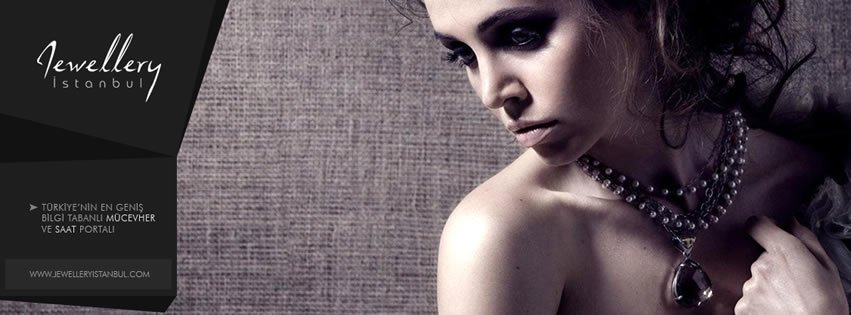The Influence of the Arab World on Fashion:
A Modern Shift
In recent years, the influence of the Arab world on fashion has become increasingly evident. From high-end couture shows in Paris to everyday streetwear, elements of Arab culture have woven their way into Western fashion. While fashion trends have always been a blend of global influences, the rise of Islamic modest fashion and the influx of wealthy Arab consumers in the past decade have accelerated the integration of Middle Eastern aesthetics into the mainstream. This shift has deep cultural and economic roots, shaped by the growing Muslim population in the West, the increased visibility of Arab designers, and the global reach of luxury Arab clientele.
The Rise of Islamic Modesty in Western Fashion
One of the most visible influences of the Arab world on fashion has been the rise of modest fashion. As the Muslim population continues to grow in the West, with estimates suggesting that it could account for a significant portion of the global population by 2050, there has been a corresponding increase in demand for modest clothing. Modesty is a key tenet in Islamic fashion, emphasizing covered bodies while still allowing for personal expression.
Major fashion houses and designers have started embracing this trend, catering to a new demographic of consumers seeking clothing that balances modesty and style. In 2016, Dolce & Gabbana launched a collection of hijabs and abayas specifically targeted at the Middle Eastern market, signaling a pivotal moment for the fashion industry. Since then, brands like Gucci, Valentino, and H&M have incorporated modest fashion elements into their collections, further solidifying the influence of Islamic culture on mainstream fashion.
This shift can be attributed to the growing presence of Muslims in Western societies, which has led to greater representation of Muslim women in fashion. Hijabi models such as Halima Aden and Rawdah Mohamed have garnered international recognition, further normalizing Islamic modest wear on a global stage. With this cultural shift, modest fashion is becoming a staple, reflecting both the increasing Muslim population and the desire for more diverse representations in fashion.
The Economic Impact of Wealthy Arab Consumers
Another significant factor contributing to the Arab world’s influence on fashion is the influx of wealthy Arab consumers in Western markets. Over the past decade, the rise in oil wealth and diversification of Middle Eastern economies, particularly in the Gulf states, has created a generation of affluent consumers with a taste for luxury. These high-net-worth individuals have become key clientele for many Western luxury brands.
Major cities like London, Paris, and New York are frequent shopping destinations for affluent Arab visitors, who are known for their extravagant spending on designer clothes and accessories. Their purchasing power has influenced brands to cater to their specific tastes, which often include vibrant colors, intricate designs, and high-quality craftsmanship—hallmarks of traditional Arab aesthetics.
Moreover, brands are now creating exclusive collections tailored to the preferences of Middle Eastern shoppers. The fashion industry has recognized that these consumers are not only willing to spend lavishly but are also trendsetters in their own right. The Middle Eastern influence is reflected in everything from the choice of fabrics to the incorporation of traditional Arab motifs into contemporary designs. The result is a fusion of Western and Arab styles that is visible both on the runway and in retail stores across the globe.
Hypotheses Behind the Arab Influence on Western Fashion
There are several hypotheses as to why Arab influence in fashion has grown so rapidly in the last decade. One possible explanation is the demographic growth of Muslims in the West. As Islam continues to be one of the fastest-growing religions globally, the needs and preferences of Muslim consumers are being acknowledged by Western fashion brands, which previously might not have considered this demographic as a target audience.
Another contributing factor is the geopolitical landscape, particularly the wealth generated by Arab nations and their increased presence in global markets. The UAE, Saudi Arabia, and Qatar, for instance, have heavily invested in fashion and lifestyle brands, creating a symbiotic relationship between the Middle East and the global fashion industry.
Additionally, there has been an increased interest in cultural diversity and inclusion in fashion. Arab designers like Elie Saab, Zuhair Murad, and Reem Acra have risen to prominence on international stages, showcasing the unique blend of traditional Arab craftsmanship with modern design. Their success has not only opened doors for other Arab creatives but has also familiarized Western audiences with Arab aesthetics, further integrating these styles into global fashion.
The Future of Fashion in a Globalized World
As the number of Muslims in the West continues to grow and the influence of Arab wealth remains strong, it’s likely that Western fashion will continue to evolve in response. The future of fashion may see a continued emphasis on modest wear, with more designers creating collections that cater to both Western and Middle Eastern consumers. Additionally, as the fashion world becomes more inclusive, Arab designers and models will likely play a larger role in shaping trends, with their unique cultural perspectives adding new dimensions to global fashion.
Looking ahead, the blend of Western and Arab influences could give rise to a new fashion aesthetic that bridges the gap between tradition and modernity. The growing representation of Arab culture in fashion is not just a trend, but a reflection of broader societal changes. As Western fashion embraces the richness of Arab culture, the future promises a more diverse and inclusive industry where global influences are celebrated, and where fashion serves as a true reflection of the world we live in.










